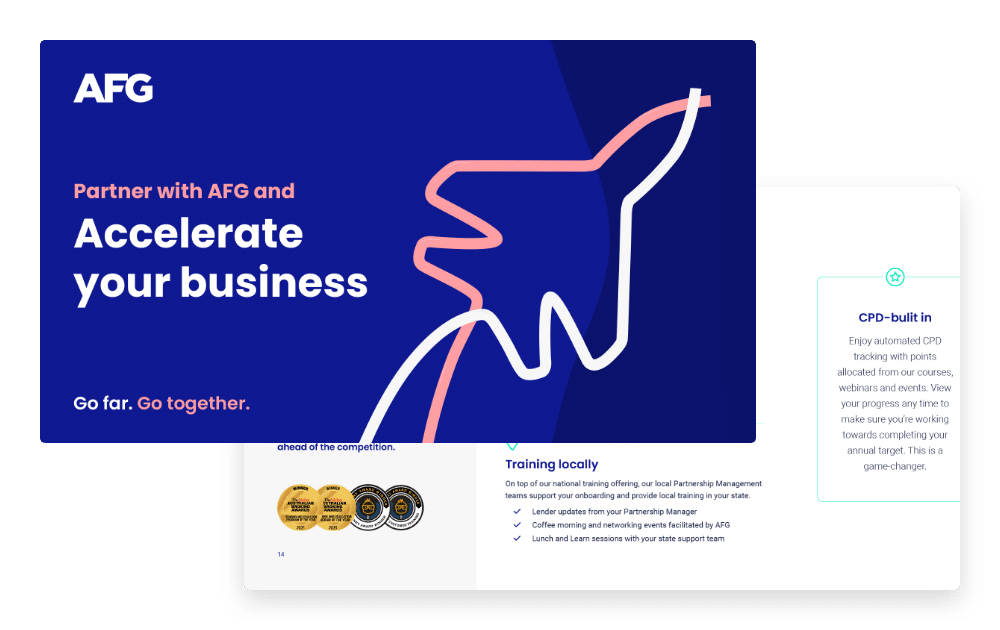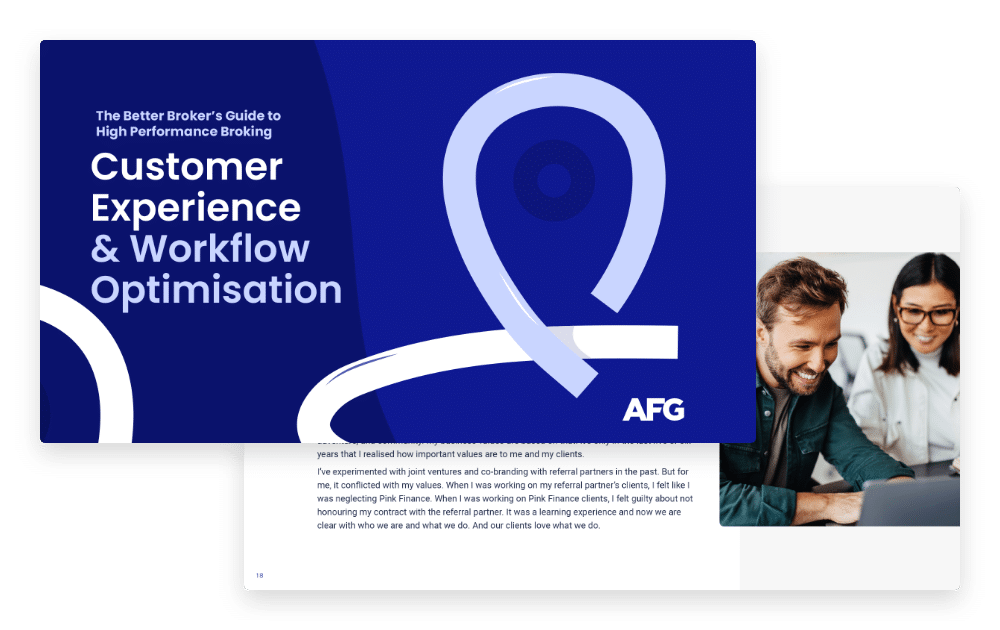“Money doesn’t grow on trees,” we tell our kids. But do we help them understand where it comes from and what to do with it? Like most good habits, financial responsibility needs to be taught and modelled. How you handle money probably has a lot to do with what your parents did or didn’t show you. Here are our top tips for teaching kids about money of all ages.
Ages 4-7
Needs vs wants
In a world of instant everything, the idea of a treat is fading fast. But, it’s never too early to learn we can’t always have — or afford — everything we want. In fact, it’s one of the most important financial lessons you can teach your child. Use ‘wants’, such as new toys and junk food as a treat or a reward and explain in ways your child understands why you sometimes say “no.”
Spare change
Give kids your coins at the end of the work week to put in a jar or money box and help them to count it once a month to see how much their stash has grown. When the jar is full, take them to the bank to deposit it in an account of their own. This is one of the simplest (and oldest) ways to teach kids about savings because it shows them first-hand how a little eventually adds up to a lot.
Ages 8-12
Earn and learn
While some families believe children should help out around the house for nothing and others think kids should get paid without lifting a finger, the fact is that pocket money teaches children about earning and budgeting — both necessary in adult life.
Set a consistent amount of money for certain tasks and be specific about what you want done. Your idea of a tidy room may differ to your child’s so show them what you mean by “clean.”
Game of life
Use Monopoly money to talk about the cost of living, spending and saving. Count up $5,000 – roughly an average gross monthly income. Start by taking out the income tax — about $1,200 (whoa!). Then pay for household bills, mortgage or rent, groceries and other necessities, all based on realistic amounts. Once all the expenses are covered, ask the kids what they think should happen with the remainder, so you can talk about saving and spending. Kids will be shocked by how much life actually costs.
Ages 13-16
Texting and tunes
Pester power cranks up a notch with teenagers, especially when it comes to mobile phones. The smartest move is a pre-paid account, which keeps a lid on costs while teaching kids restraint. Get them to research the best deal and then discuss the fairest way to pay for it. Mobile phones are as valuable as oxygen for teens so parents have an excellent bargaining chip.
Freedom of choice
This is a good age to give your child a taste of financial freedom. Take your child to the bank and get an ATM card attached to a zero-fee account so they can access at least some of their savings. You may prefer to only give them the card during school holidays or when they travel with sport or school. Start off with access to smaller amounts (no more than $50-$100) and encourage your kids to talk about the sorts of things they buy. You should also share your own examples of having to decide between saving and spending.
Ages 16-20
Direct debit
If your kids have a job — part or full time — offer to set aside some of their pay for savings. Young people with a strong savings ethic may not need support, but having access to real money is likely to prove too exciting for most. Agree on an appropriate amount and get a direct-debit to a savings account set up with their regular pay. They might begrudge it at first, but they are likely to thank you when they see a growing bounty after several months of saving.
Vroom, vroom
Your child’s first big financial responsibility is likely to come with four wheels. Whether you buy their first car, ask them to save up or share the load, it’s important to work out ahead of time the running costs, including fuel, insurance, registration and maintenance, and who is going to pay for what. You should also explain the enormous legal and financial implications of not paying for insurance and registration.
Under 25s can save on insurance by being included on their parents’ cover but be aware a steep young-driver excess (usually $2,000 or more) applies if they cause a collision.
If you set up a direct debit from their pay (above) the funds could go towards car costs.
Parents can also lend a helping hand by borrowing against their mortgage for their child’s first car to help reduce repayments and secure a newer, safer car.
Whatever option you choose, remember this is another opportunity to teach your kids financial responsibility and independence, which will be worth more than the thrill of a brand new car in the long run.









